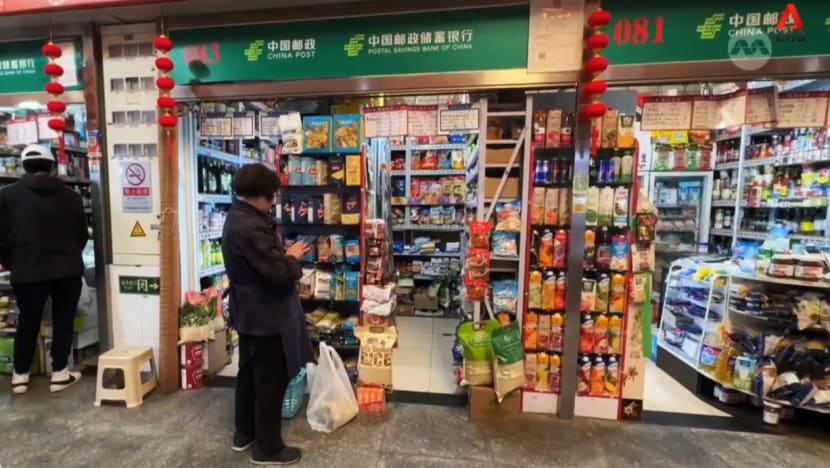A legacy of works on paper: The Helen Dunoon Bequest
[ad_1]
Gifts made to the Gallery through a Will have been central to the development of QAGOMA’s Collection. Since 2018, a generous bequest received from Helen Dunoon has helped to bolster the Gallery’s holdings of works on paper. Here, Lucy Whyte highlights some of the acquisitions made possible by this support.
Over the last three years, a bequest from former QAGOMA Member the late Helen Catherine Dunoon (1941–2017) has strengthened the Gallery’s holdings of works on paper created before 2000 by both colonial and contemporary Australian artists. A teacher with a life-long passion for the arts, education and travel, Helen’s gift through her Will has enabled QAGOMA to acquire these works by significant Australian artists and, in particular, augment our collection of works by modernist Australian women printmakers.
Women artists play a central role in the history of Australian printmaking, especially excelling in relief printing — linocuts and woodcuts. Notable early innovators from the 1920s and ‘30s whose works are held in the QAGOMA Collection include Margaret Preston, Thea Proctor, Dorrit Black, Ethleen Palmer and Ethel Spowers. Thanks to a bequest by Helen Dunoon, the Gallery has been able to add to these with works by a generation of previously unrepresented women artists responsible for advancing the discipline of printmaking, including Dora Chapman, Florence M Higgs and Brigid Cole-Adams.
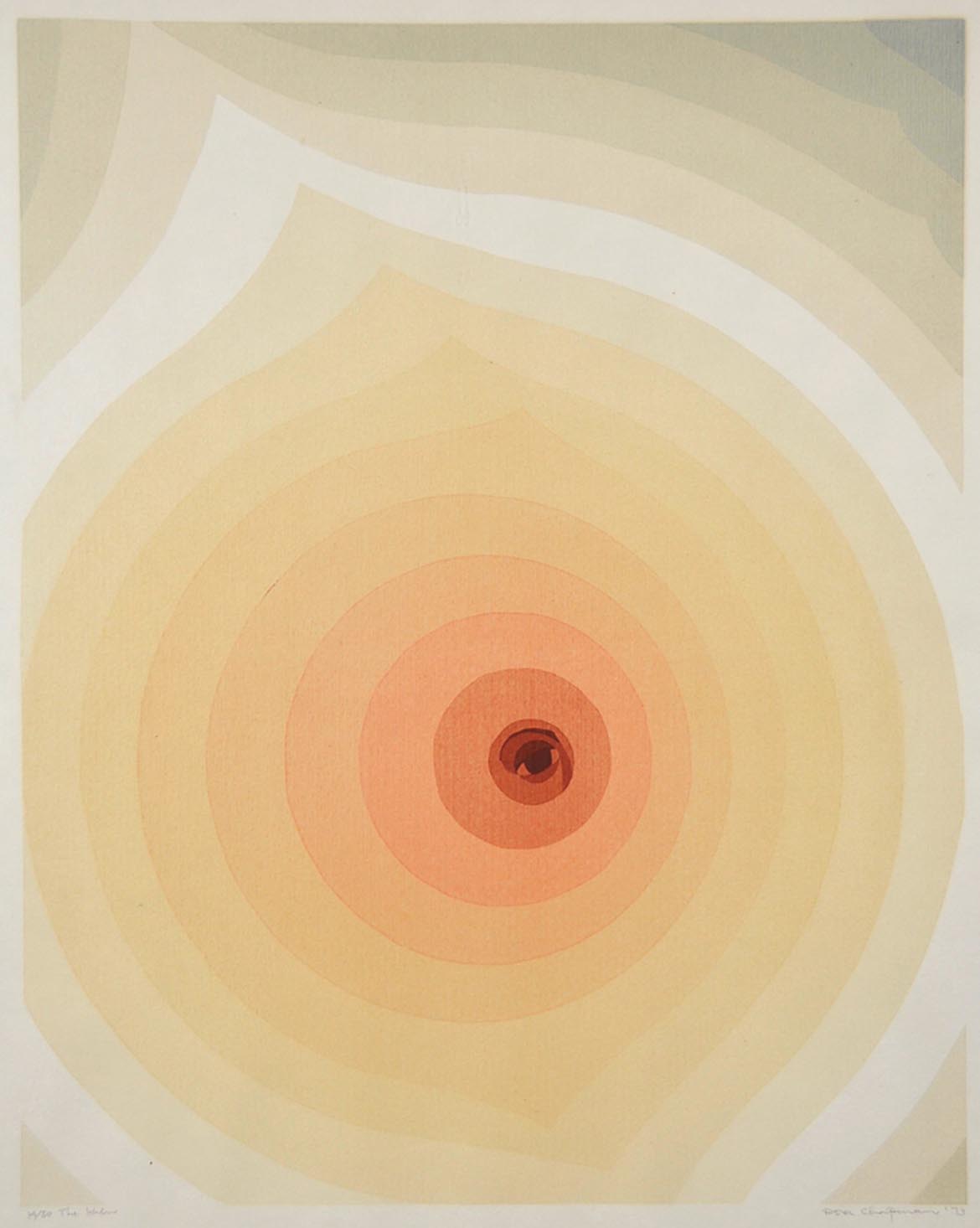
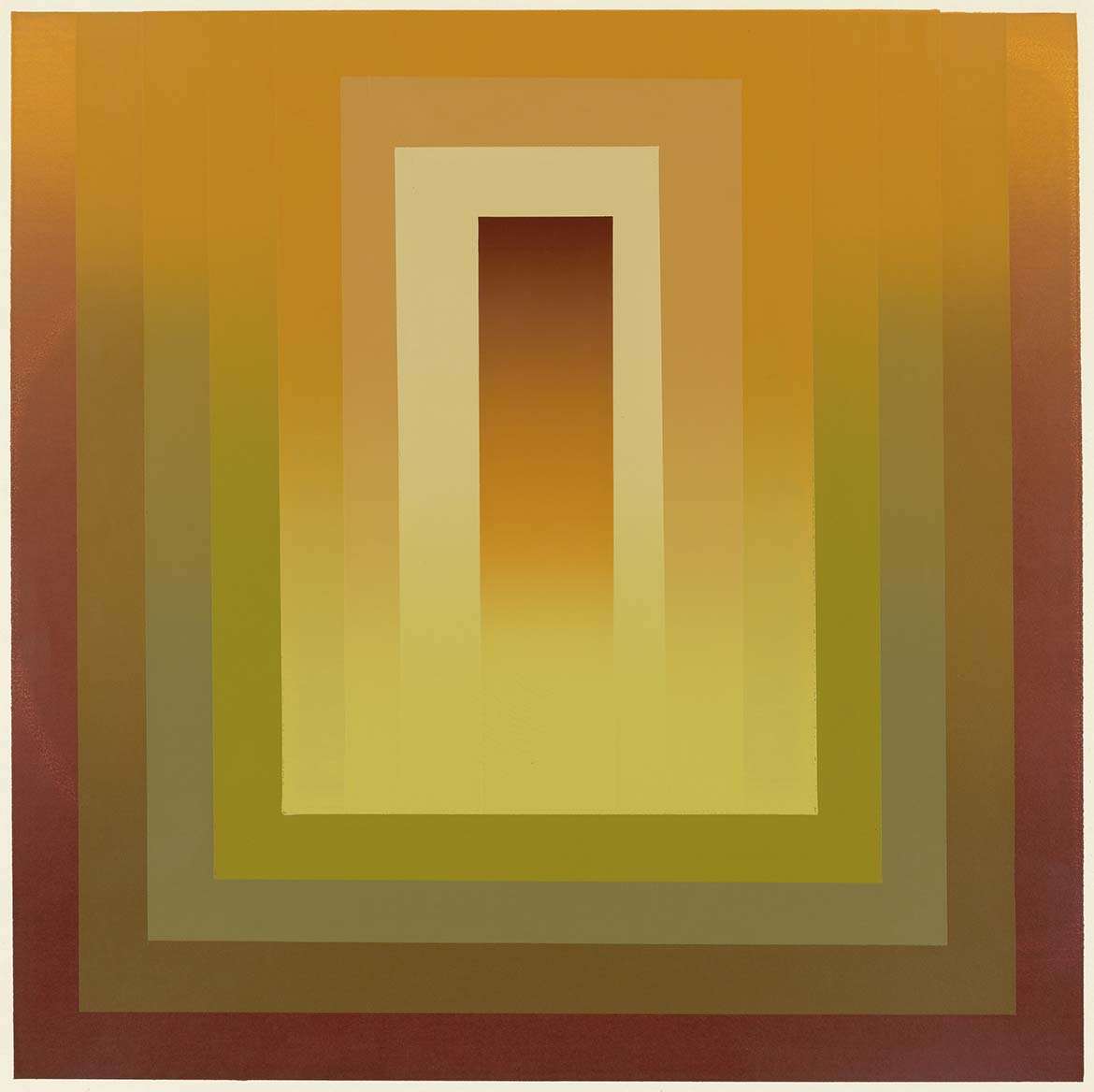
Among the works is Dora Chapman’s screenprint Kiln 1973, which offers a peek inside the radiating waves of a firing kiln. This work has formed the basis for QAGOMA to build a profile selection of work by the artist — a painter, potter and teacher who turned her attention to serigraphy after she retired from the South Australian School of Art in 1969. Two early screenprints and a colour stencil by Queensland-born Brigid Cole-Adams were among the first group of works by the artist to join the Collection, while the acquisition of linocuts by Florence M Higgs also contribute to a larger story: that printmaking was not simply a medium for creative exploration and expression, but also offered the means to assert a recognisable professional identity in the highly disciplined, and traditionally masculine, realm of the professional artist.
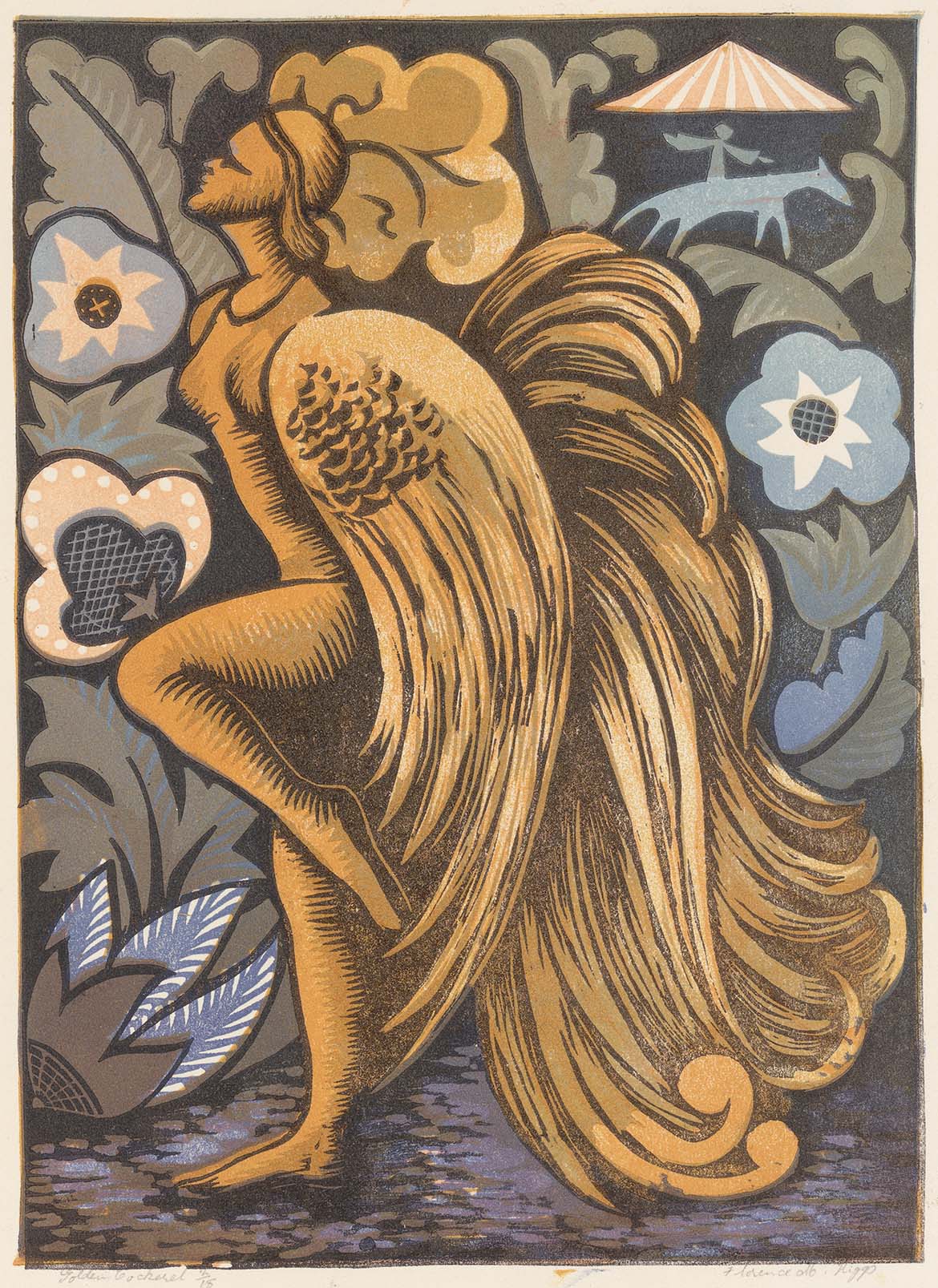
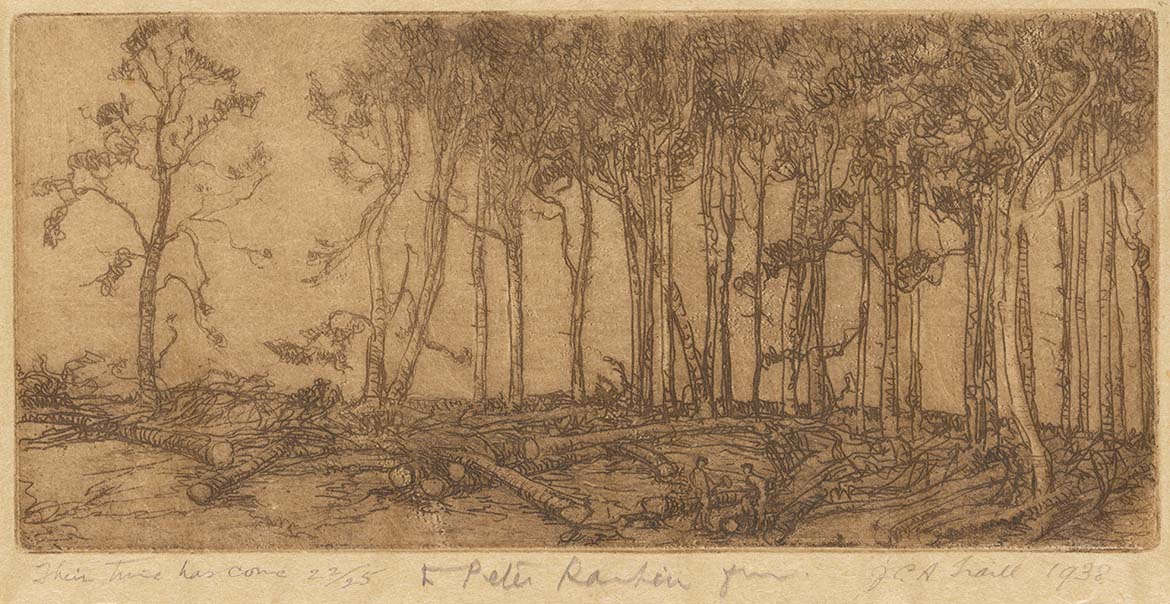
Distinct from the colourful and decorative woodcut and linocuts prevalent among many other women artists at the time are two dark tonal etchings by pre-eminent Australian printmaker Jessie Traill. While fascinated by rapid urbanisation in Australia, and developments in construction and manufacturing, Traill was also an advocate for environmental protection and preservation. Their time has come, in Northumberland 1938 is a poignant expression of her concern for the forest and its destruction at the hand of industrial development.1 A rare Brisbane scene — what appears to be the interior of St John’s Cathedral — in Brisbane Cathedral 1920 is an example of another recurrent theme in Traill’s practice: the examination of interior spaces through the play of light and dark shadow.


Also of significance to the history of Queensland are two watercolours: Margaret Olley’s Law Courts, Brisbane 1966, one of the major colonial public buildings of Brisbane before it was destroyed by arson on 1 September 1968; and — made 100 years earlier — Louis Buvelot’s Brisbane 1866, an early colonial garden scene.
These two works are accompanied by Albert Namatjira’s Ghost Gums, Finke River Valley, James Range c.1950 and Untitled (Central Australian landscape) c.1955–59 — the latter a strong and large example of Namatjira’s most widely recognised style, featuring a gnarled ‘ghost gum’ to the left of a sweeping view of the flat arid Centralian landscape, pierced by fingers of the MacDonnell Ranges.
The Gallery remembers Helen Dunoon with gratitude and looks forward to sharing these works on paper – a tribute to her generosity and great foresight – with future generations.
Lucy Whyte is Bequest and Communications Officer, QAGOMA Foundation
This article was originally published in the QAGOMA Members’ magazine, Artlines, no.1, 2022
For more information on including a gift to the Gallery in your Will, please contact Lucy Whyte, Bequest and Communications Officer, on (07) 3840 7287 or email [email protected]. All inquiries are treated confidentially.
Endnote
1 Claire Williamson, in Industry and Nature: The Etchings of Jessie Traill [exhibition catalogue], Queensland Art Gallery, Brisbane, 1989, p.5.
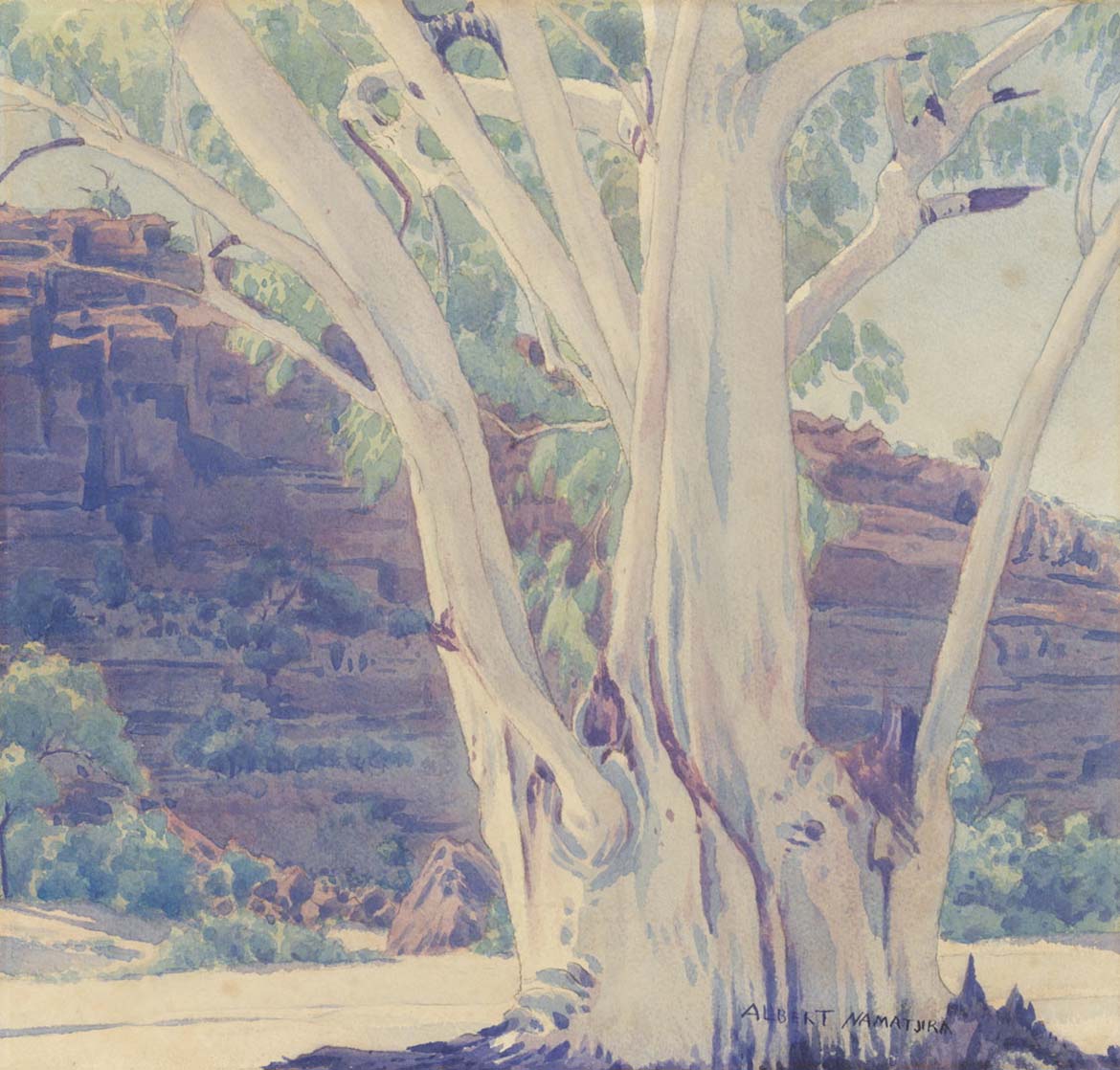
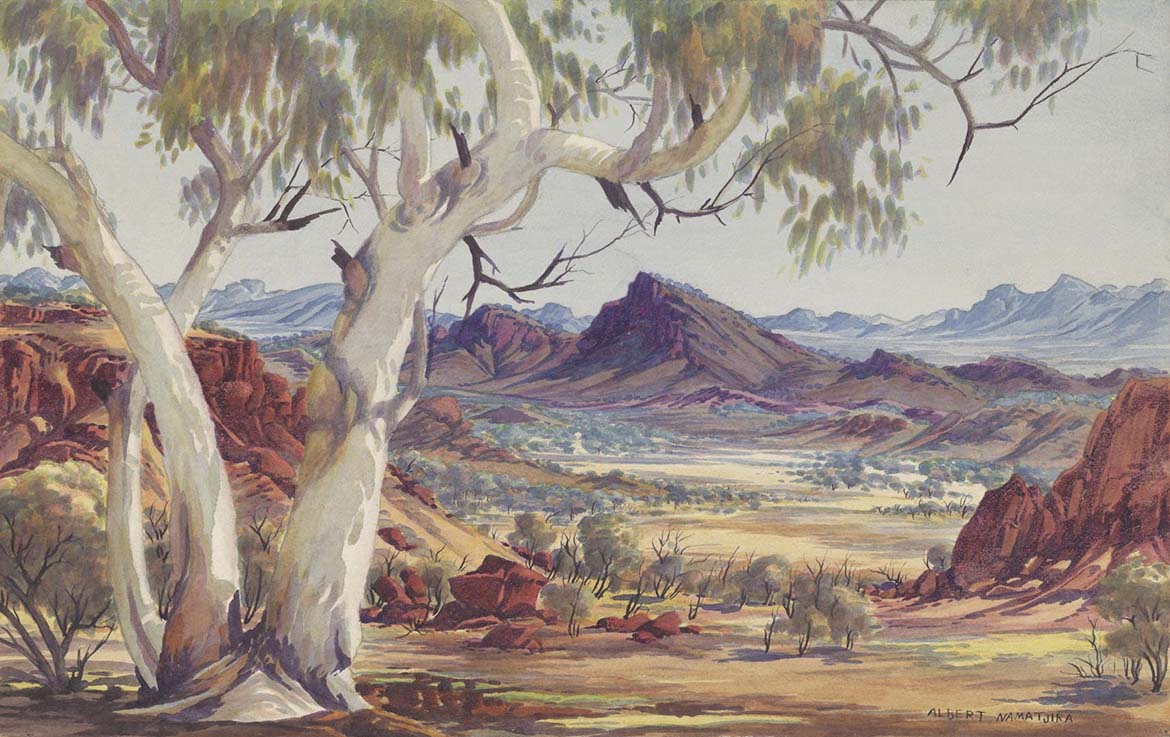
Know Brisbane through the QAGOMA Collection / Delve into our Queensland Stories or Australian Art highlights / Subscribe to QAGOMA YouTube
Featured image detail: Florence M Higgs Golden cockerel 1956
#QAGOMA
[ad_2]
Source link



